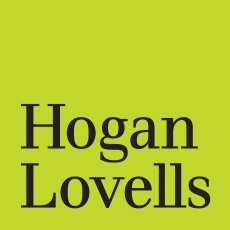Facts
On January 18 2007 the US government filed supplementary protection certificate (SPC) application 08C0003 in regard to a European patent for recombined and self-assembled type-16 human papillomavirus (HPV) capsid proteins. The SPC application referred to an EU marketing authorisation granted for the vaccine Cervarix, which had type-16 HPV L1 proteins as an active ingredient.
Article 3 of EU Regulation 1768/92 concerning the creation of an SPC for medicinal products provides that an SPC will be granted if the product has not been the subject of a prior SPC as of the date on which the application is filed.
National Institute of Industrial Property decision
In a March 16 2015 ruling the National Institute of Industrial Property director general dismissed SPC application 08C0003. He considered that the product covered by SPC application 08C0003 – a protein obtained through insect cells – was identical to that covered by SPC 07C0020 (ie, HPV-16 L1 proteins obtained through yeast cells), which corresponded to the marketing authorisation issued for the vaccine Gardasil and covered all forms of the HPV-16 L1 protein, irrespective of form or manufacturing method.
The US government filed a cancellation action against the decision on the basis that the proteins were different products because their glycosylation (ie, the enzymatic reaction of the chains formed by carbohydrates bonding to a compound) and amino acid chains varied depending on the type of cell in which the protein was expressed.
Court of Appeal decision
The Paris Court of Appeal rejected the cancellation action and denied the SPC application.(1) The judges held that:
- the basic patent claim "a [HPV-16] isolated capsomere structure, including the L1 capside protein" was not characterised by its manufacturing method;
- the patent did not highlight the differences between the proteins at stake and referred to various manufacturing methods such as insect, yeast and mammals cells;
- the marketing authorisations supporting both SPC applications did not mention the differences between the proteins and referred to manufacturing methods secondarily without drawing any conclusions about the proteins' structures; and
- SPC application 08C0003 had initially defined the product in the same way as SPC application 07C0020 and the applicant had clarified the protein's structure and manufacturing methods only after the National Institute of Industrial Property had rendered its observations during the SPC application review proceedings.
In light of the above, the Paris Court of Appeal held that the proteins forming part of the Cervarix and Gardasil vaccines were a single product within the meaning of the regulation, regardless of their potentially different forms and manufacturing methods. Consequently, because a SPC had already been granted on the basis of the Gardasil marketing authorisation, no SPC could be granted for Cervarix.
For further information on this topic please contact Stanislas Roux-Vaillard or Fanny Cony at Hogan Lovells International LLP by telephone (+33 1 53 67 47 47) or email ([email protected] or [email protected]). The Hogan Lovells International LLP can be accessed at www.hoganlovells.com.
Endnotes
(1) Paris Court of Appeal, Section 5, Chamber 1, April 12 2016, case 15/12234, The government of the United States of America v General director of the French IP Office ("INPI").
This article was first published by the International Law Office, a premium online legal update service for major companies and law firms worldwide. Register for a free subscription.




